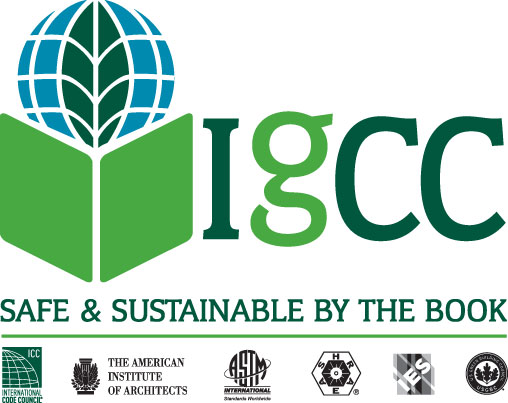Blog Post
The International Green Construction Code Is Live—But What Does it Mean?
After a long and arduous democratic process, the 2012 version of the IgCC is finished. Learn what it's all about and what it means for LEED and other voluntary rating systems.

How do you build a green building? Let me count the ways.
We've got ASHRAE 189.1, a large and growing handful of LEED rating systems, the Living Building Challenge, Passive House, and many others...and now there's also the International Green Construction Code (IgCC) just published by the International Code Council.
Why so many? And how does IgCC fit in?
IgCC and ASHRAE 189.1
For some background about how IgCC meshes with its main code competitor, ASHRAE 189.1, see Nadav Malin's coverage right after it was announced that 189.1 would be an alternate compliance path. The code creators worked really hard to ensure that the IgCC harmonizes with LEED, ASHRAE, and the International Energy Code, among other systems:
"For architects, this is good news, because we had concerns all along about what competing codes mean from a regulatory perspective," noted Paul Mendelsohn, vice president of government and community relations at AIA. Inconsistency in codes from one community to another complicates the work of designers and contractors, and competing options might have bogged down the entire code adoption process. "We saved ourselves maybe five years of fighting about it," agrees Brendan Owens, vice president for LEED technical development at the U.S. Green Building Council (USGBC), one of the sponsors of Standard 189. "Now we can be collaborative and go forward together much faster."
IgCC and LEED
You may be wondering why we need green building codes at all when we have LEED--or whether we'll still need a voluntary system if codes are going to be as rigorous as the Certified or Silver level of LEED. If so, you might want to read our earlier coverage of clashes between LEED and the law as well as USGBC's take on the code (PDF), which explains why raising the bar in the code means that LEED can raise its own bar even higher:
"As the IgCC begins to inform building codes and building practice across the country, LEED is evolving to reward greater thresholds of green building leadership," said Roger Platt, senior vice president of Global Policy & Law, USGBC. "We need public policy that rewards this beyond-code leadership alongside codes that redefine what we should expect of our buildings. The IgCC and Standard 189.1 are an important and intentional complement to LEED."
So what's actually in this code?
If you are familiar with LEED, you should feel very at home with the green code. It covers many of the same bases. Remember to keep in mind that, once adopted by a jurisdiction, this code will apply to just about every building--new and substantially renovated--and a green building code is never going to have as high a bar as a voluntary rating system.
SUPPORT INDEPENDENT SUSTAINABILITY REPORTING
BuildingGreen relies on our premium members, not on advertisers. Help make our work possible.
See membership options »We haven't had a chance to review the full document yet, but you can check out our rundown of what was in the most recent draft of the code, including energy, site, IAQ, and other provisions.
How to learn more
I've yet to see a comprehensive treatment of the code aside from our rundown, but we'll pore through the whole document so you don't have to! Watch for more coverage here soon.
AIA has announced that it will also be putting out a guide to IgCC on May 15 (PDF), so we'll keep you apprised of those developments too. You can also order a guide put out by ICC here.
Published March 30, 2012 Permalink Citation
(2012, March 30). The International Green Construction Code Is Live—But What Does it Mean?. Retrieved from https://www.buildinggreen.com/blog/international-green-construction-code-live—-what-does-it-mean



Add new comment
To post a comment, you need to register for a BuildingGreen Basic membership (free) or login to your existing profile.